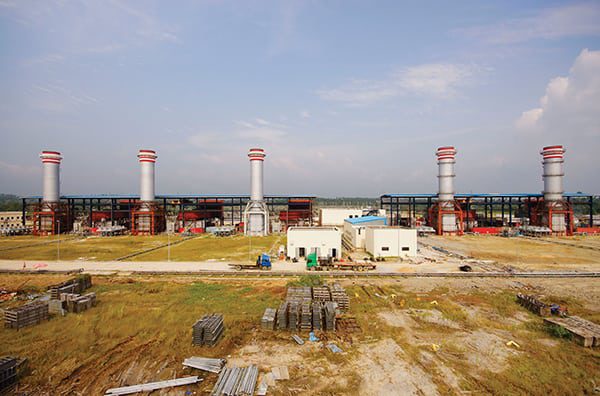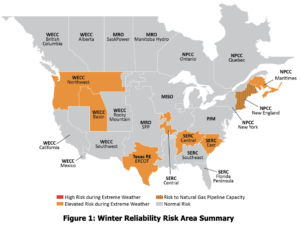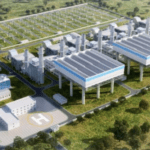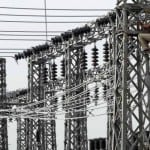Nigeria brought 1.5 GW of natural gas–fired generation from three brand new power plants online in May, adding much-needed capacity to the grid. But because the West African country that is Africa’s biggest economy doesn’t have the means of transporting its abundant gas resources to its power plants, its crippling power shortages are expected to persist.
Before the March-elected military ruler Muhammadu Buhari assumed the presidency at the end of May, outgoing President Goodluck Jonathan inaugurated—with much fanfare—three new gas-fired power plants: the 450-MW Ihovbor project, the 450-MW Sapele II project, and the 560-MW Calabar project (Figure 1). Those facilities are three of 10 projects fast-tracked by the National Integrated Power Projects (NIPPs) framework. The government also announced that three other NIPP plants, 252-MW Gbarain, 378-MW Egbema, and 252-MW Omoku, have reached advanced stages of completion and should soon contribute 880 MW more to Nigeria’s installed capacity.
Yet as Abuja celebrated the achievements, Federal Minister of Power Godknows Igali told Nigeria’s Punch newspaper that a spate of gas pipeline vandalism prior to the April 2015 elections had starved much of the country’s power plants of fuel needed to run their turbines. And in the weeks that followed, the Nigerian Electricity Regulatory Commission (NERC) admitted that only five of the country’s 23 power plants were functional. Making matters worse were a water management issue at a hydro plant and a strike by petroleum and gas workers. By the end of May, the country’s power supply had dwindled to an all-time low of 1,327 MW of available capacity, out of a 4.8 GW total installed capacity for a country of about 170 million people, NERC said.
Proposed investments to expand the gas pipeline network in Nigeria have kicked up in the last few months. In April, Aliko Dangote, Africa’s richest man, revealed plans to quadruple gas supply with a $2.5 billion investment in pipelines running from the Niger River Delta to Lagos, the country’s biggest city.
Nigeria sought to tackle its power crisis by completing a major reform process in 2013. An integral part of its long-term efforts to reduce routine blackouts was investing heavily in power infrastructure, having conceived the NIPP in 2004 as an initiative to add new generation capacity. All 10 NIPP power plants are gas-fired: Eight are simple cycle gas turbine plants, while the other two are combined cycle.
But critics of the privatization effort have underscored the current supply shortage as they urge President Buhari to scrap power sector reform altogether.
Beyond privatization, Nigeria is looking to diversify its power mix. A renewable energy policy approved earlier in May by the federal executive council calls for the installation of more hydro, solar, and wind energy. Igali noted that the country was gearing up to inaugurate the 10-MW Katsina wind farm as a prototype, just “to show that wind energy is possible in Nigeria.”
—Sonal Patel, associate editor











